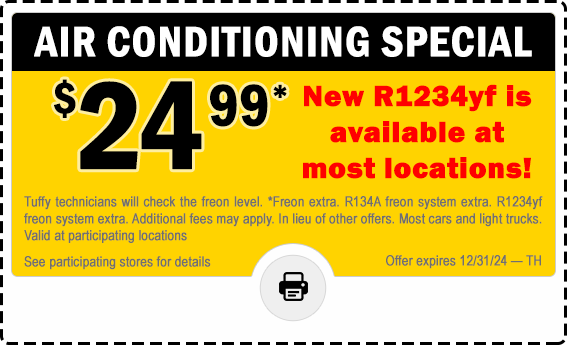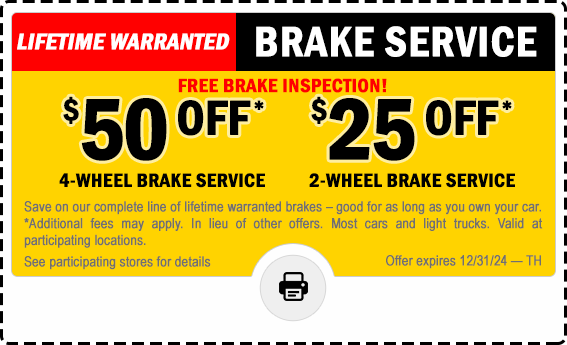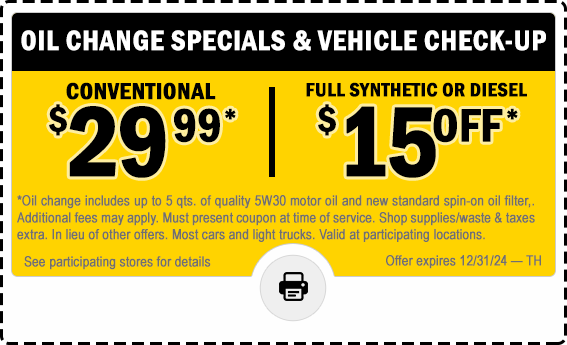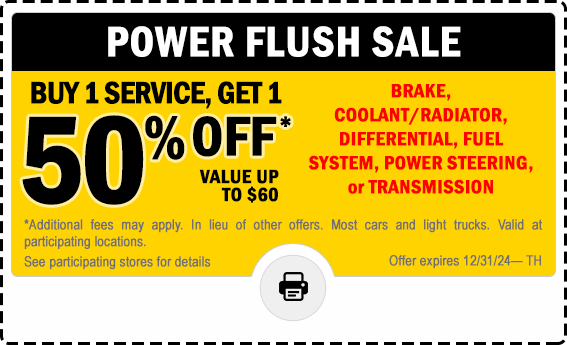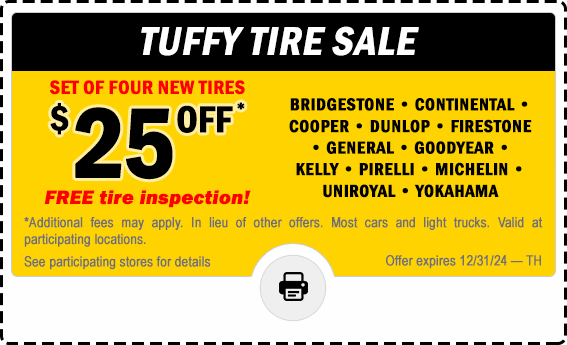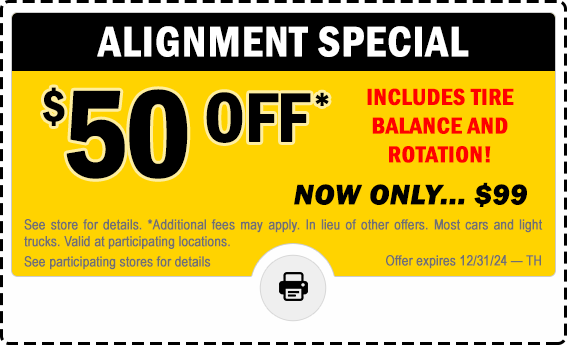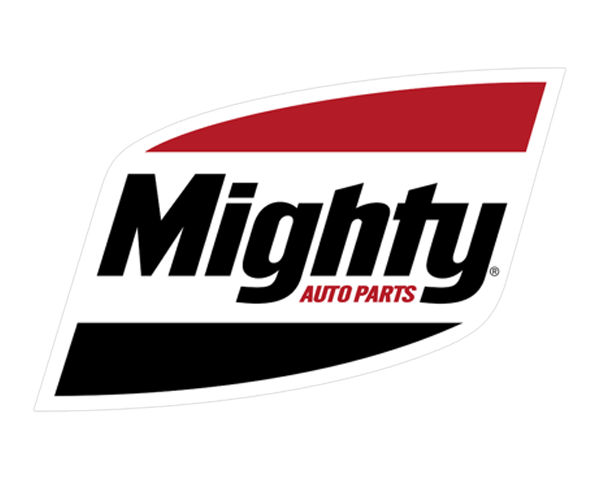Tire tread design and proper operation helps to keep vehicles safe under many driving conditions.
The Basics
Tires use air pressure to keep the rubber on the road and to smooth out the ride as tires roll across many difference surfaces. Tires provide the traction that you need to steer and stop. When it rains, the gaps in the rubber channel water to help you maintain that traction.
Normal Wear
- Since tires are made of rubber, they wear out over time. Most tires will have a wear rating based on the number of miles that can be driven under normal conditions before they need to be replaced.
- Keeping tires operating at their normal pressure is vital to ensure even wear. Tire pressure can change with how warm or cold the weather is.
Care and Maintenance
Today's tires are made better and last longer. Although the initial price is higher, the cost per mile is lower overall. In fact, new tires can last up to 120,000 miles, and proper care can extend the life of this investment.
Check the air pressure
Every car built after 2009 includes a tire pressure monitoring system, but it is recommended to have the tire pressure checked at the time of each oil change to the best possible life of the tire.
Rotate the tires
Tires should be rotated every 6000 miles or 2 oil changes. Rotating the tires helps them wear uniformly. For the best contact with the road, optimal steering, and decisive braking, all four tires need to have proper air pressure and even wear.
What about run-flat tires?
Run-flat tires have extra internal structures to keep the tire operating after a puncture. The distance that a run-flat tire can be operated after it has been punctured is limited to about 50 miles at roughly 50 miles per hour. Specifications may vary based on the tire, but this feature is meant to get a vehicle safely to a service station to replace the tire rather than as a way to continue using the tire after it has been punctured.
What do all the letters mean?
Tire ratings are letters, and the letters later in the alphabet are for higher performance. The higher performance tires can be safe for a higher maximum speed, and they are made of softer rubber that wears faster. Each car is designed to work with a specific rating of tire. Although other tires can fit the rims, only the tire rating that is specified for the car is safe to use. For example, a standard tire is T rated.
What will the future bring?
New airless tire prototypes from Michelin and GM look to reduce the amount of rubber used in a tire and how much waste each tire contributes to landfills and could be arriving by 2024. However, real-world testing is expecting to begin this year. By removing air from the tire, flats will no longer be a concern. This should also result in a longer lasting tire since proper inflation will not be a factor in the life of the tread.


